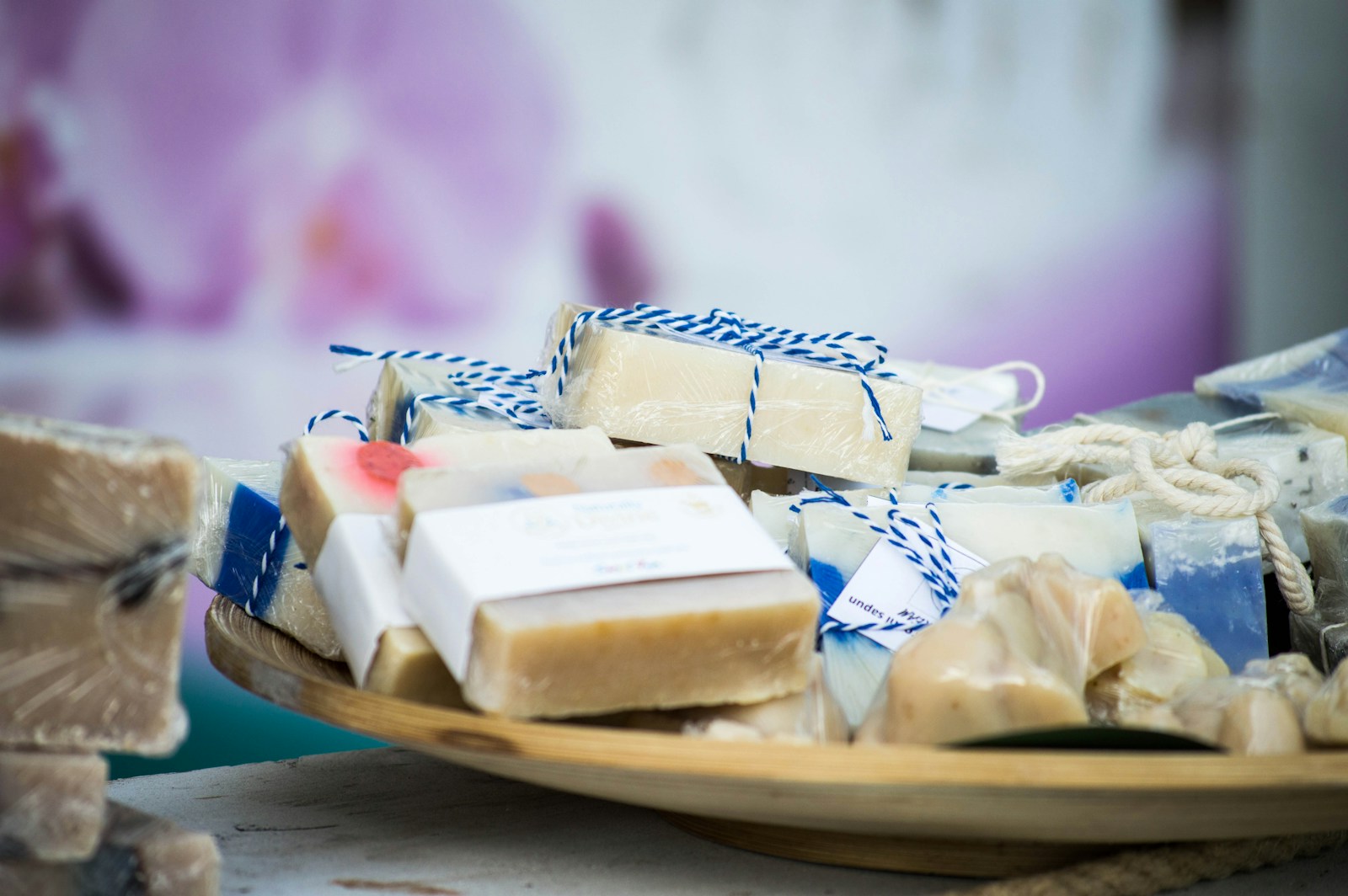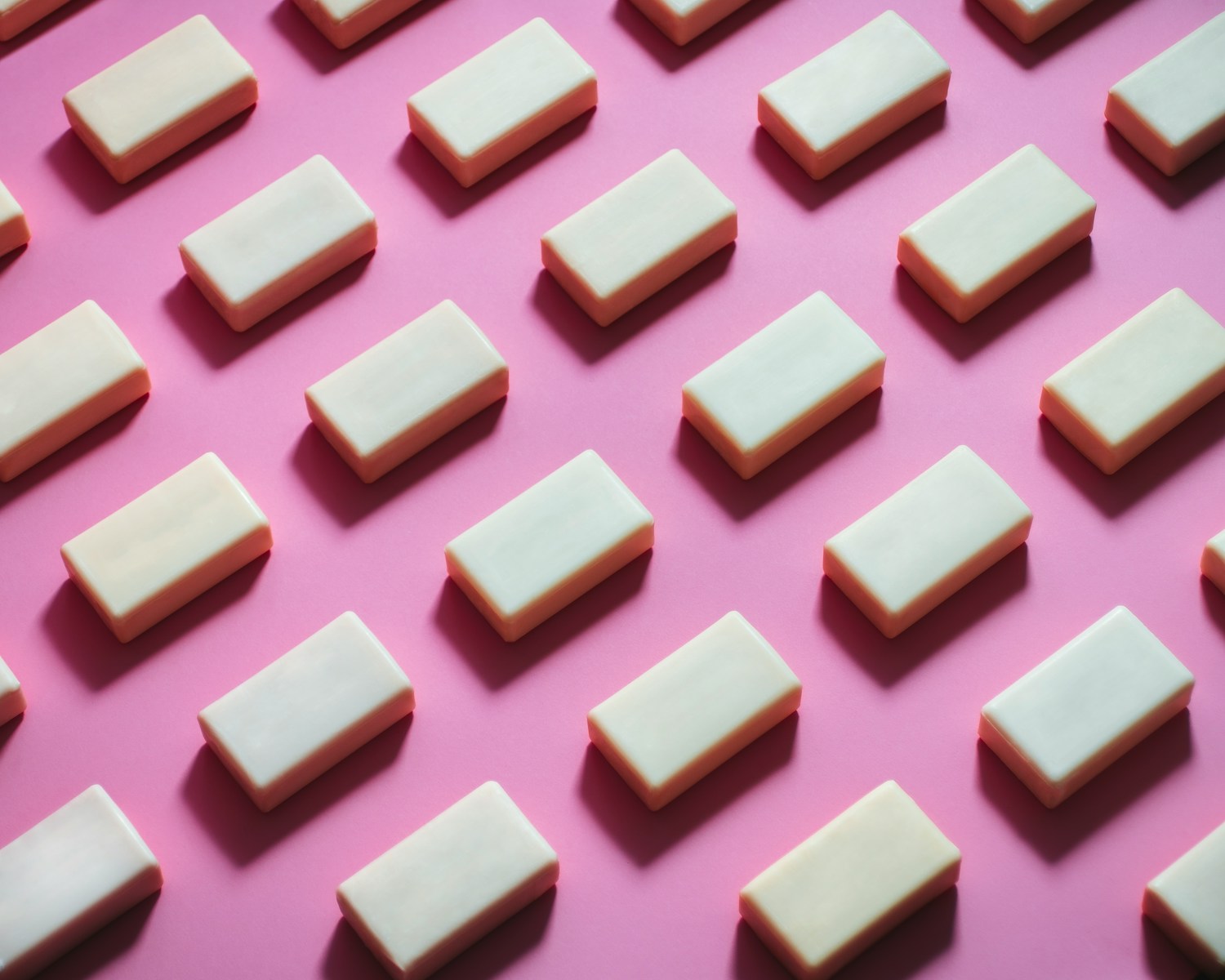Soap making has been a popular hobby for many people who enjoy creating their own unique scented soap. Making soap at home can be a fun and rewarding experience, but it also requires some knowledge and skill to get the best results. If you’re interested in trying your hand at making soap, here are some must-have tips to help you get started.
One of the most important things to consider when making soap at home is the ingredients you use. It’s essential to use high-quality ingredients to ensure that your soap turns out well. Look for oils and fats that are suitable for soap making, such as coconut oil, olive oil, and shea butter. You’ll also need lye, which is necessary for the saponification process that turns oils into soap. Be sure to follow safety precautions when working with lye, as it can be caustic.
Another crucial factor in soap making is the recipe you use. There are countless soap recipes available online, ranging from simple and basic to complex and luxurious. It’s essential to choose a recipe that suits your skill level and preferences. If you’re a beginner, start with a basic recipe that uses a few simple ingredients. As you gain experience, you can experiment with more advanced recipes and techniques.
When making soap, it’s important to follow the recipe instructions carefully. Soap making is a precise science, and even small deviations from the recipe can result in a failed batch of soap. Measure your ingredients accurately, and follow the mixing and curing times specified in the recipe. Pay attention to the temperature of the ingredients, as this can affect the outcome of your soap.
Adding scents to your soap is a fun and creative way to personalize your creations. There are many ways to scent soap, including using essential oils, fragrance oils, and herbs. When adding scents to your soap, be sure to use high-quality, skin-safe oils and follow the recommended usage rates. Some scents can accelerate trace, so be prepared to work quickly when adding them to your soap mixture.
One of the most challenging aspects of soap making is achieving the right texture and consistency in your soap. The process of mixing oils and lye to create soap is called saponification, and it can take some practice to master. Be patient and allow your soap to cure for the recommended amount of time before using it. This will help ensure that your soap is firm, long-lasting, and gentle on the skin.
In conclusion, making soap at home can be a fun and rewarding hobby. By following these must-have tips and guidelines, you can create beautiful, scented soap that you’ll be proud to use and share with others. Experiment with different recipes, scents, and techniques to find what works best for you. With practice and patience, you can become a skilled soap maker and enjoy the satisfaction of creating your own unique bath and body products.




